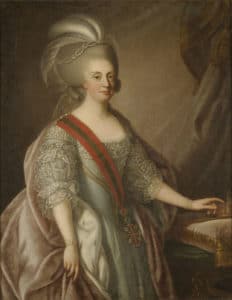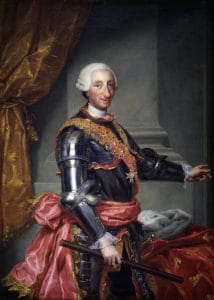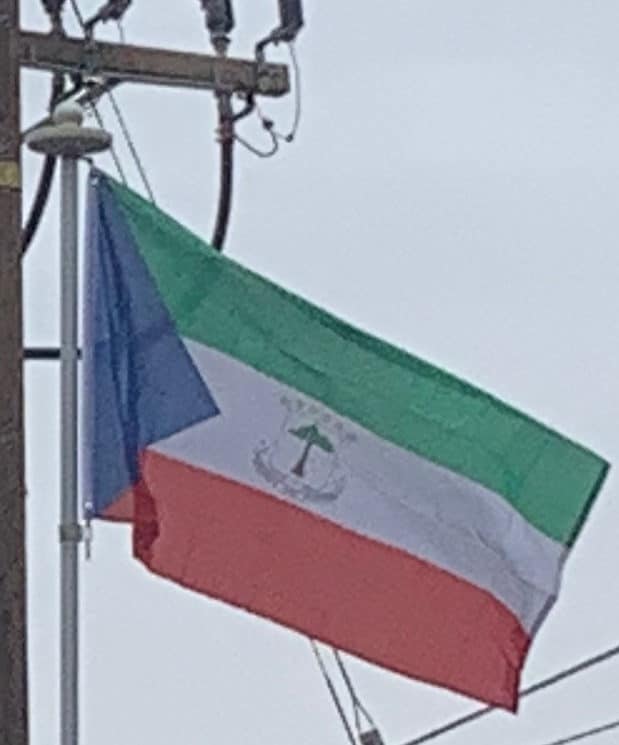
Brigadier Felipe José, Count of Arjelos sailed from Uruguay to formally take possession of Bioko from Portugal, landing on the island on October 21 1778. After sailing for Annobón to take possession, the Count died of disease caught on Bioko and the fever-ridden crew mutinied. The crew landed on São Tomé instead where they were imprisoned by the Portuguese authorities after having lost over 80% of their men to sickness. As a result of this disaster, Spain was thereafter was hesitant to invest heavily in their new possession. However, despite the setback Spaniards began to use the island as a base for slave-hunting on the nearby mainland with the support of British merchants. Between 1778 and 1810, the territory of what became Equatorial Guinea was administered by the Viceroyalty of the Río de la Plata, based in Buenos Aires.

Unwilling to invest heavily in the development of Fernando Pó, from 1827 to 1843, the Spanish leased a base at Malabo on Bioko to the United Kingdom which they had sought as part of their efforts to control the Atlantic slave trade. Without Spanish permission, the British moved the headquarters of the Mixed Commission for the Suppression of Slave Traffic to Fernando Pó in 1827, before moving it back to Sierra Leone under an agreement with Spain in 1843. Spain’s decision to abolish slavery in 1817 at British insistence damaged the colony’s perceived value to the authorities and so leasing naval bases was an effective revenue earner from an otherwise unprofitable possession. It was from Fernando Pó that governor John Beecroft launched the seizure of Lagos that marked the first British incursion into Nigeria. An agreement by Spain to sell their African colony to the British was frustrated in 1841 by metropolitan public opinion and angry parliamentarians in Madrid.
Late 19th Century (1844–1900):
In 1844, the British restored the island to Spanish sovereignty and the area became known as the “Territorios Españoles del Golfo de Guinea.” Due to brutal epidemics Spain still refused to invest much in the colony, and in 1862 a brutal outbreak of yellow fever killed many of the whites that had settled on the island. Despite this, plantations continued to be established by private citizens through third quarter of the 19th century.
The plantations of Fernando Pó were mostly run by a black Creole elite, later known as Fernandinos. The British settled some 2,000 Sierra Leoneans and freed slaves there during their rule, and limited immigration from West Africa and the West Indies continued after the British left. A number of freed Angolan slaves, Portuguese-African creoles and immigrants from Nigeria and Liberia also began to be settled in the colony where they quickly began to join the new group.[29] To the local mix were added Cubans, Filipinos, Catalans, Jews and Spaniards of various colors, many of who had deported to Africa for political or other crimes, as well as some settlers backed by the government.
